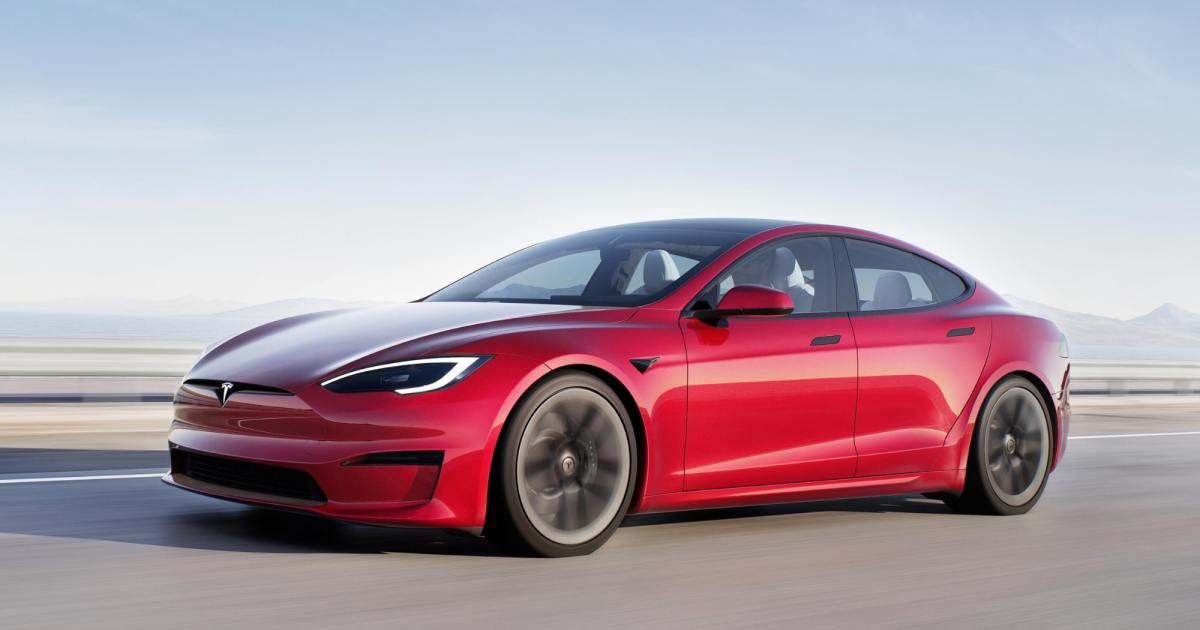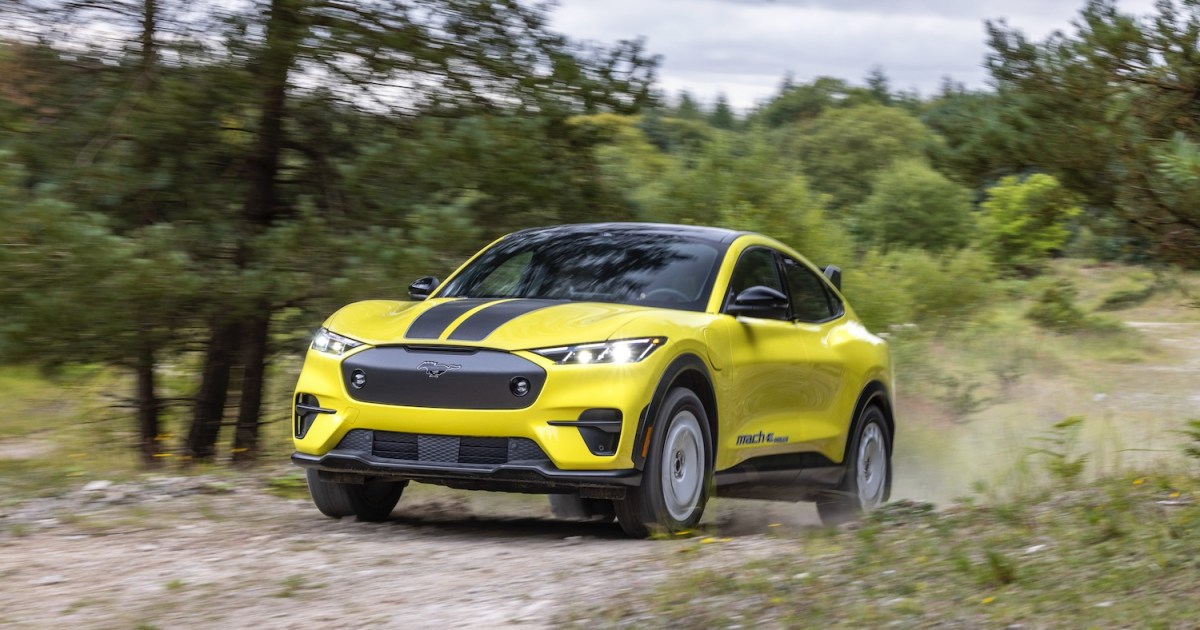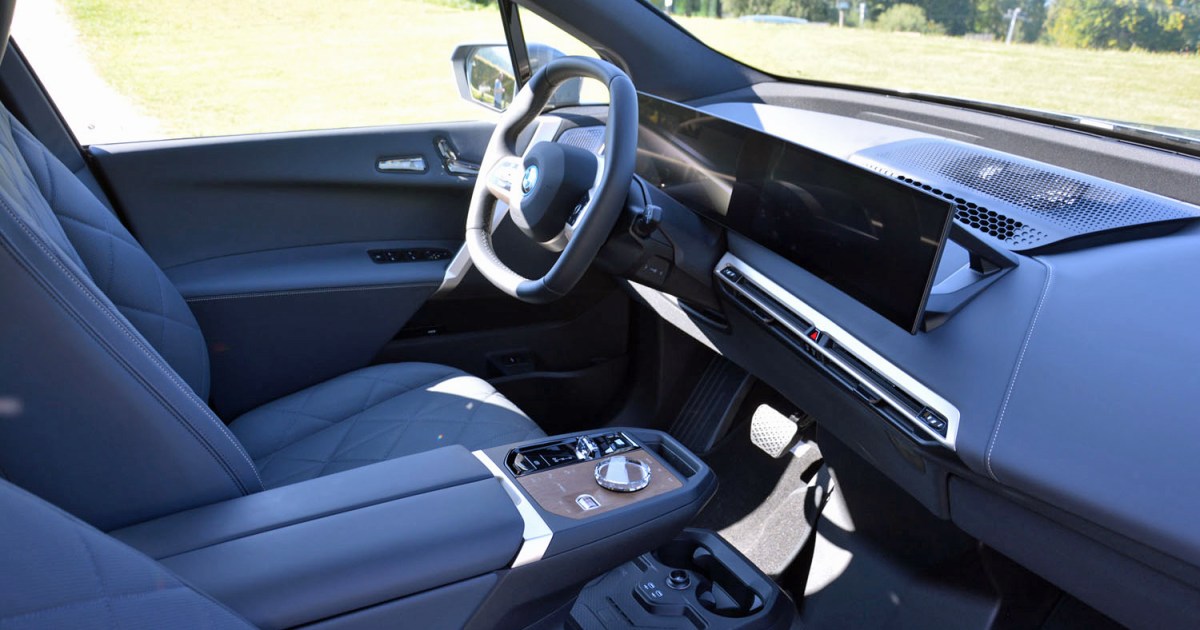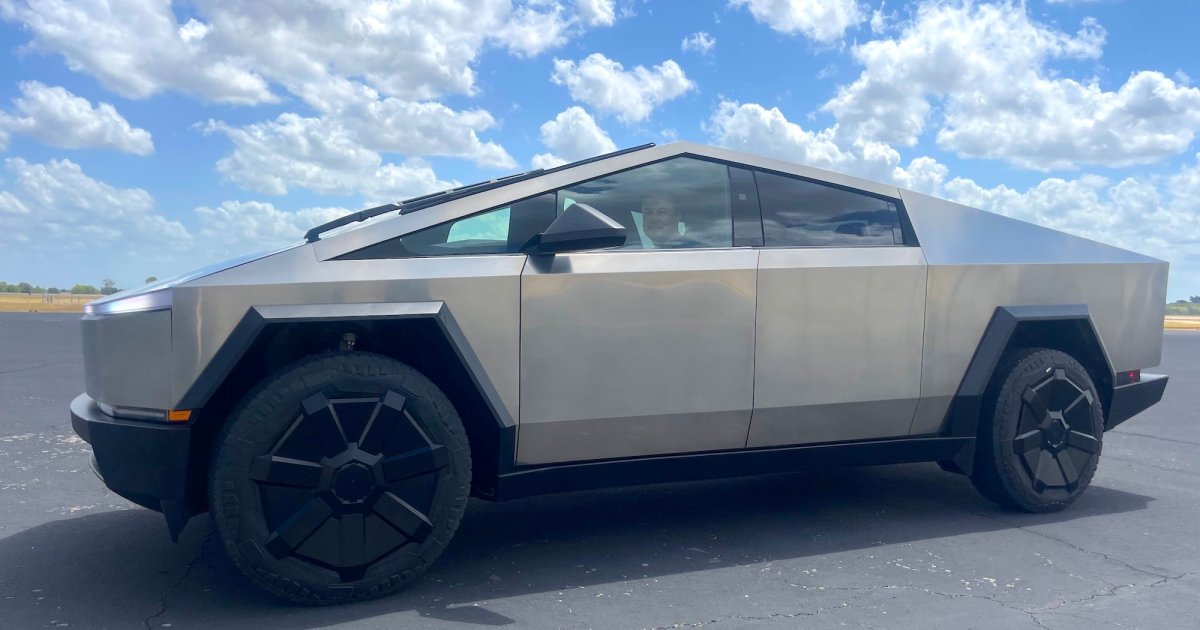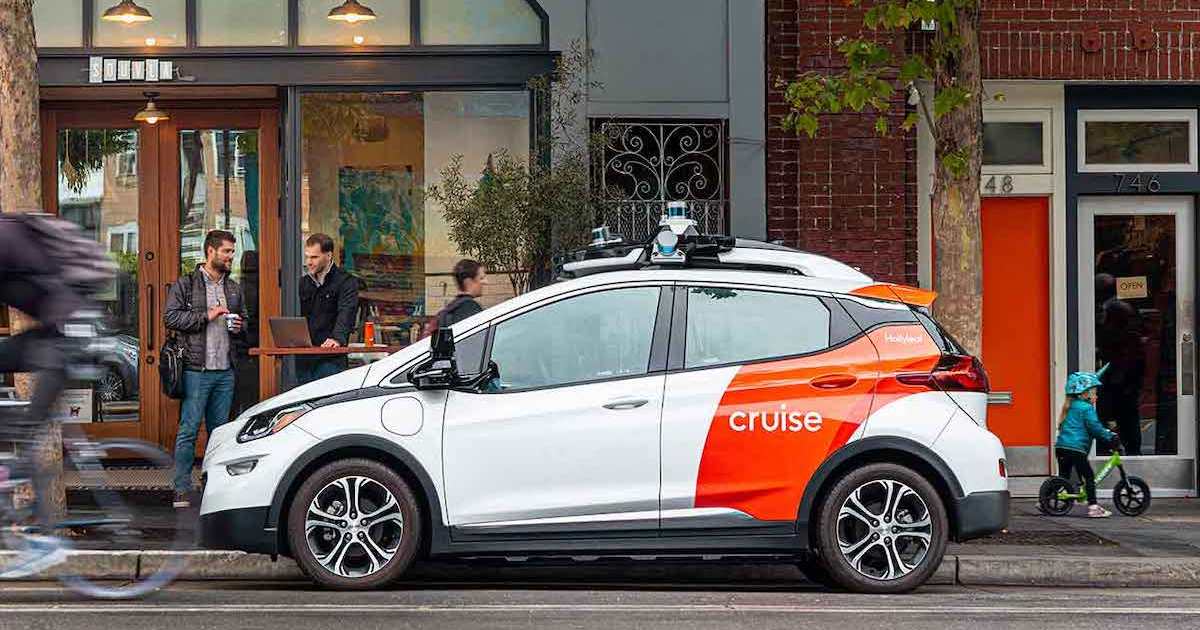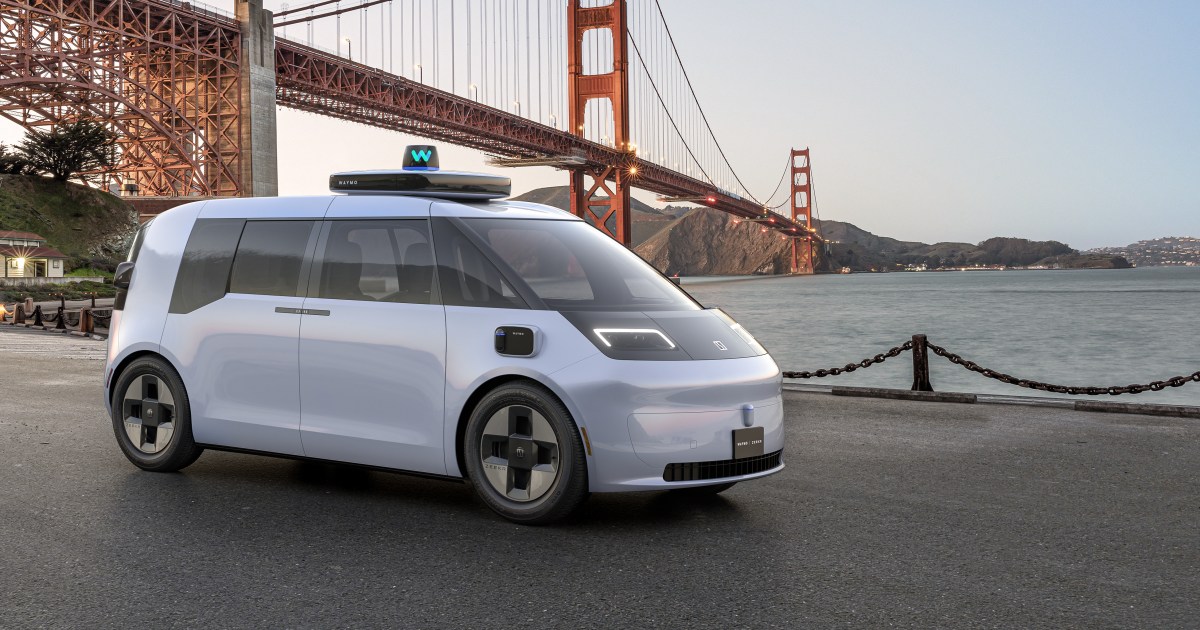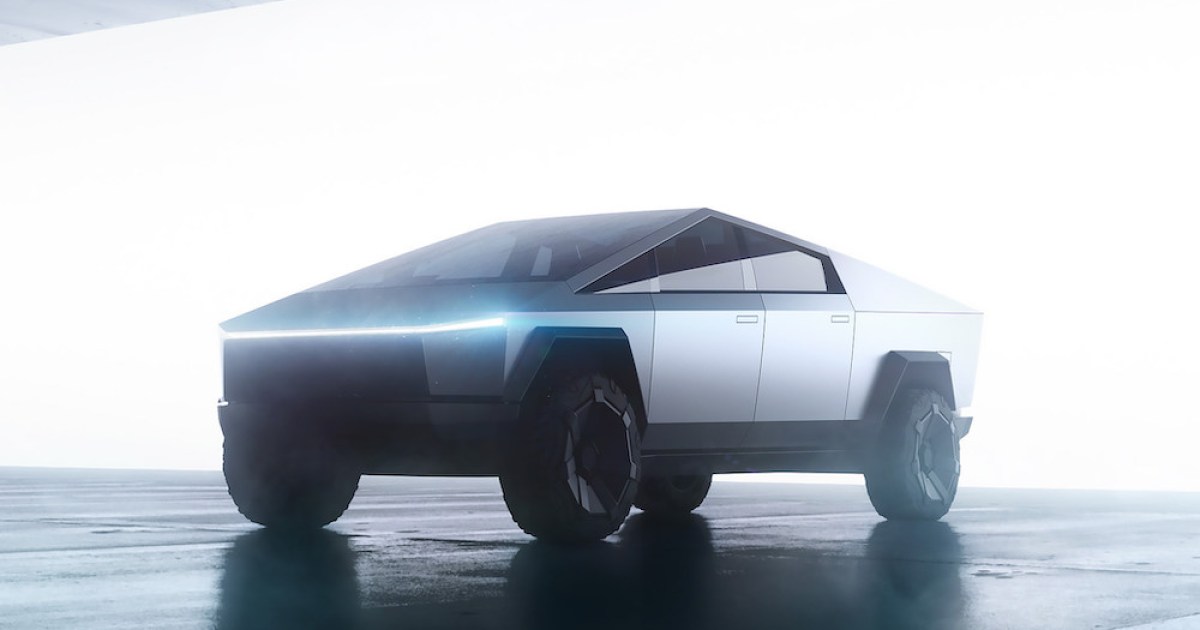Hurricane Idalia’s devastating impact on Florida has left a trail of destruction, and amidst the cleanup efforts, a new concern has emerged: the potential fire risk from saltwater-exposed electric vehicles (EVs). Fire crews in Palm Harbor, Florida, are urging owners of EVs, including hybrids, to take immediate precautions.
Saltwater intrusion can pose a serious threat to lithium-ion batteries, the power source of EVs, potentially leading to combustion. Following reports of two Tesla vehicles catching fire after being submerged in saltwater, one even igniting while being towed, authorities have issued a critical warning. Palm Harbor firefighters emphasized the importance of relocating any EV that has come into contact with floodwaters within the last 24 hours, especially from garages and enclosed spaces. Moving these vehicles to higher ground is crucial to mitigate the risk.
This warning extends beyond cars to encompass other electric vehicles like golf carts and scooters. Residents are advised against driving these vehicles through standing water, a practice firefighters have observed frequently. The combination of saltwater and electrical components creates a dangerous situation that should be avoided at all costs.
Tesla, a prominent EV manufacturer, also provides guidance for owners of submerged vehicles. Their recommendations align with the advice from fire officials, stressing the importance of treating a submerged vehicle like any other vehicle involved in an accident. Contacting your insurance company is the first step, followed by a mandatory inspection by an authorized shop before attempting to operate the vehicle. Tesla owners can schedule inspections through Tesla Service.
Crucially, Tesla advises moving the submerged vehicle at least 50 feet (15 meters) away from structures and other flammable materials, including other vehicles and personal property. While submersion doesn’t automatically damage the battery, a professional inspection is essential to assess the extent of any damage and ensure safe operation. This proactive approach will not only protect your vehicle but also safeguard your surroundings.
Tesla continues to make headlines, with CEO Elon Musk recently securing approval for a unique Supercharger station. More details on this development are forthcoming.



